|
We have talked about 3A before, but having received a lot of new documents from Jean-Paul GUY - GUY.HF, it seems appropriate to write this complementary article. Read the first one here The photos of the catalogues from 1977 and 1980 respectively show the success and the growth of the 3A range of speakers. Interestingly enough, they both use what was considered like one of the largest anechoic chambers in Europe at the time, although my suspicion is that KEF had a much better one with better test equipment (HP - Siegfried Linkwitz...) then, but I suppose, the British never though of themselves as being part of Europe. For proof, if one was needed, I am keen to tell the story of one of the best hifi dealers in Edinburgh to whom I was trying to sell my wares, who was almost in tears when I visited the second time around. When I asked what was wrong with him, he said " I heard we are becoming European...". That was in 1984/85...It is quite telling that, if the recent Scottish referendum had returned a "yes" Scotland would have immediately applied for EEC membership, thirty years later...Enough politics for the day! Let's go back to the beginning of the 70s when Daniel Dehay an electronic engineer starts 3A with the help of Alain Guillaud who ended up working for Framatech and Max Chalambeau who will eventually start Alpheratz...and has now completely changed his field of activity. Their first model was the 3A ARIOSO, which cabinet was built by GUY.HF. It was equipped with a 38 cm Fostex, a 12 cm midrange from Siare and a compression tweeter from Fostex. about 5000 were built in the first two years. Not bad for a start up... 3A ADAGIO was the second model and was an easy rework of the ARIOSO, with the same midrange, a 30cm woofer from Fostex and an ITT tweeter. There will be several versions of this model over the years with many driver configurations, including the latest version in the 1980 catalogue which uses 3A made drivers, favouring the midrange dome instead of the 12cm Siare paper cone. The 3A tweeter claims to reach 30KHz, but I am not sure it could be measured up to that frequency at the time, using the Bruel & Kjaer equipment shown in the catalogue... 3A claimed to measure each speaker separately and attach the resulting print-out on the speaker itself. This photo seems to prove the point. However, the way the curve is silk screen printed on each front panel makes me believe that this was a marketing ploy and only a generic test...Daniel Dehay was very good at marketing and this was reflected in the catalogues he produced. See some extracts of the 1980 catalogue below. In the late 70s and until the demise of the company in the early 80s, 3A designed and manufactured a series of interesting drivers. 25 and 21cm for the woofers and dome speakers for the midrange and tweeters. Focal bought the moulds for the woofers chassis and it is easy to spot them in the early JM Lab productions as well as many other French speaker designers. The drivers were manufactured in a dedicated factory in Lussac-lès-Chateau The most popular product made by 3A was the 3A APOGEE, with a 25cm woofer from Fostex and the same ITT tweeter as in previous models. This was so popular that 3A had three different cabinet makers and had a production line at GUY HF to assemble them and ship them from a central location. Probably what was the most famous product made by 3A was the ANDANTE, one of the very rare electronic feedback speakers of this era (Philips started the trend...). 3A called their system "Acoustic Pressure Feedback" and used a 125W amplifier and associated circuitry to claim a lower limit of 32Hz in a 20 litres cabinet! It made the hifi headlines in no time for sure: "The Andante won our Compact Quality Award on the basis of its superb sound for its size. It also deserved the award for solid construction. It was organ music that demonstrated best the amazing deep bass of this small speaker...we were astonished to find that the pedal notes of organ, the earth shaking were as loud and clear on the Linear as on a speaker about six times its size". Extract from the 1980 catalog, with no source noted...This was the 1979 version. The 3A ANDANTE in its original form used a 25cm SIARE driver and a compression tweeter from Fostex, as per previous models, then it evolved into the 3A ANDANTE LINEAIRE using three 3A proprietary drivers. The cabinets were still made by GUY HF, 3A being their biggest client at the time. It is nor clear who was manufacturing the amplifiers, but they ended up being very unreliable. I guess the combination of low quality, huge investment in manufacturing their own drivers and electronics, as well as the demise of some very large retailers who were the primary output for the sales of 3A speakers had a large influence on the eventual bankruptcy of the company. Interestingly enough, GUY HF was not one of the casualties of this debacle. 3A closing their doors was big news at the time and coincided with the rise of JM LAB/FOCAL who became in time the largest client of GUY HF and eventually buying the business. Another factor in the failing of the business was the plethora of models and the incessant redesign of successful speakers with new drivers and various revisions of the same models. I have no intention to name and review all on them here but will direct you to the excellent overview put together by Jean-Marc Hauchard here: The last product I will feature though is the 3A TR+Atom triphonic systems, where a coffee table houses the active subwoofer in 80, 100 and 120 watts , using a 150w amplifier and the "Acoustic Pressure Feedback" feature, using 2, 3 and 4 drivers respectively. One could choose from two satellites, the Atom 2 equipped with a 20cm woofer and an "Equipase" tweeter and Atom 3 equipped with the same boomer and two dome drivers for the higher frequencies, both using geometries to time align the drivers. Quite a neat system which was quite convincing. To conclude this rather long article, let's say that 3A was one of the most prolific and famous French speaker manufacturers. There were certainly a good deal of great ideas in the designs of Daniel Dehay and his team. After the closure of 3A, he tried to resuscitate a business, moved to Switzerland first and then on to Canada where he still resides and where he helped starting another company called Reference 3A! These speakers are only sold in North America and have a great reputation. I have been in contact with the company recently and I will write a follow-up article on their products soon. So stay tuned for the next episode of the 3A saga!
One of my best friends and ex-colleague at HP just passed away and left behind him the largest collection of HP Test & Measurements instruments and computers in the World with over 750 pieces, most of them in working order! You can read your heart content about his journey at www.hpmemory.org One of his most recent acquisitions was a very rare so-called Barney Oliver amplifier. This product has been made in a very limited series of less than 500 units, manufactured by HP employees, following HP manufacturing quality standards (the famous Class B...) after hours and was sold at cost to HP employees and their families. Interestingly enough, a number of them have survived and are still working as well as when they were built more than 40 years ago in 1972. I personally worked for HP from 1978 to 1992 and it has certainly be one of the highlights of my career. Barney Oliver passed away in 1995 and I don't think I ever met him. Even if I have, I never knew he was an audio freak of the highest order, a fan of JBL speakers and the V15 Shure cartridge, components for which this amplifier was optimised. I had a chance to exchange a few emails with Siegfried Linkwitz regarding this amp, but Siegfried was not a fan of JBL, so he didn't bother with the Barney Oliver design...and I couldn't get more info out of him. Fortunately, a few other HP and non HP people have come forward who still have this amplifier. I have approached them for some inside stories and up-to-date measurements and listening notes. I will keep you posted as soon as I hear from them. Ideally, I would really like to be able to make up my own opinion and I am calling out for help to see if anybody would have one to loan me for a few days either here in Australia, or willing to ship one to me (Christmas is around the corner...) Interestingly enough, Barney Oliver designed his amplifier with quite a limited bandwidth and a high level of negative feedback. One could also reduce the bandwidth further with filters at 5, 8 and 10 KHz, primarily to listen to 78 RPM records or poor FM reception. Even though, here is what somebody has to say of his listening experience:"This amplifier sounds incredible on virtually every level. First and foremost, it is a very sweet sound – a bit on the warm side but not overly lush, and highly detailed but not at all analytical – it is a very musical and involving amplifier with excellent dynamics and literally no listener fatigue. Another aspect of the sonic performance that is amazing is the extremely quiet noise floor, even at full volume. The clarity is also astonishing, with extremely low harmonic distortion that specs out to less than 0.01%, 2 mw to maximum power for all frequencies."
It sounds like this amplifier has some of the qualities of a tube amplifier, but with all the muscle and low noise and distortion of a transistorised design: not a mince feast! And this is the reason why I am keen to do more measurements on the impulse response/slew rate of this amplifier, as I know from experience with many amplifiers and with my own Bryston 3B this is a key factor in the timbre accuracy, dynamic range and overall enjoyment of long listening sessions... My dear readers, it is time for a well deserved break, as it is both Christmas and our summer holiday here in Australia.
I will be celebrating Christmas at home in Sydney with my wife and children and hopefully Santa Claus will bring me more vinyls to listen to and a tele lens for my Olympus E- PL1, my best photographic investment in my entire life (I started with a 6x9 cm Voiglander in my teens then moved on to a twin lens Rollei, a few Nikons - one that I still use when nostalgic of real film - and 2 Mamiyas 645, one stolen from me, the last one belonging to my ex-employer...). Most of the photos on this site since June are taken with this beautiful micro third four machine. Then, I will spend a few days in regional Australia with a nice base in Canberra, and return to Sydney for New Year's Eve and its massive fireworks, enjoying a nice meal at Nick's Seafood on King Street Wharf, with some of our closest friends. Next year, we are planning to bring you more reviews of vintage products, as well as real tests of more modern ones - Waterfall being the first one, as the Australian importer has agreed to loan me a pair for a full investigation. Hopefully, more French manufacturers will follow suit and we will bring to you even more interesting content (I am dreaming of a comparison between Elipson 4050 and 4260s...) If anybody from Agilent or Rohde & Schwarz are in a generous mood, I will need an real-time FFT analyser to do justice to these products... In the meantime, many thanks for reading my prose and I wish you all a Merry Christmas and a prosperous and Happy New Year 2011. |
AuthorBorn in France, well travelled, relocated to Sydney in 1997. Archives
July 2023
Categories
All
|
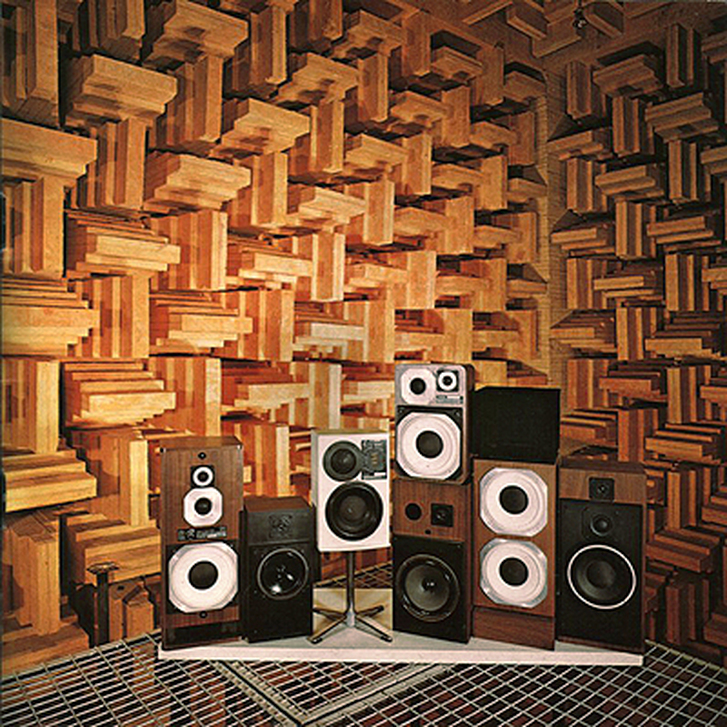







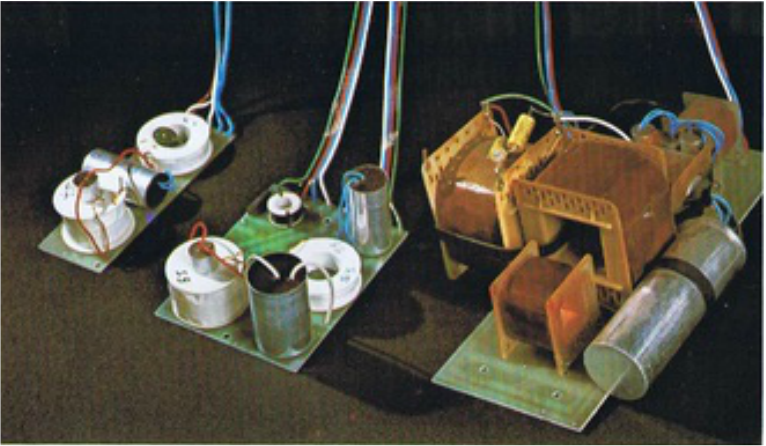



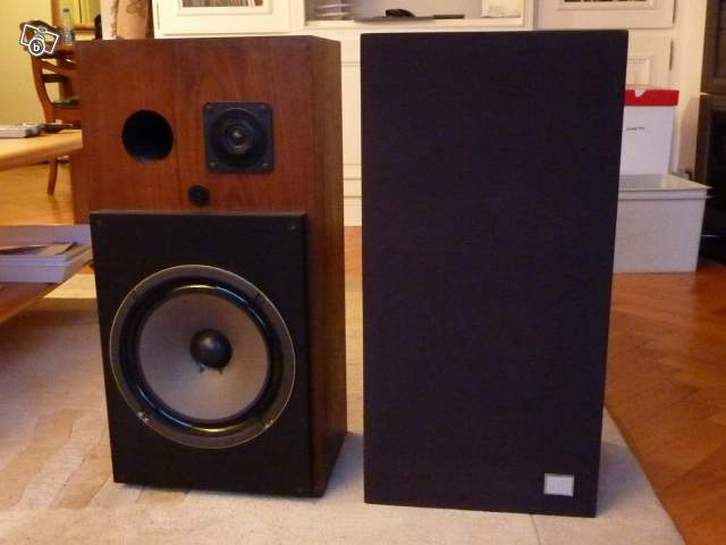


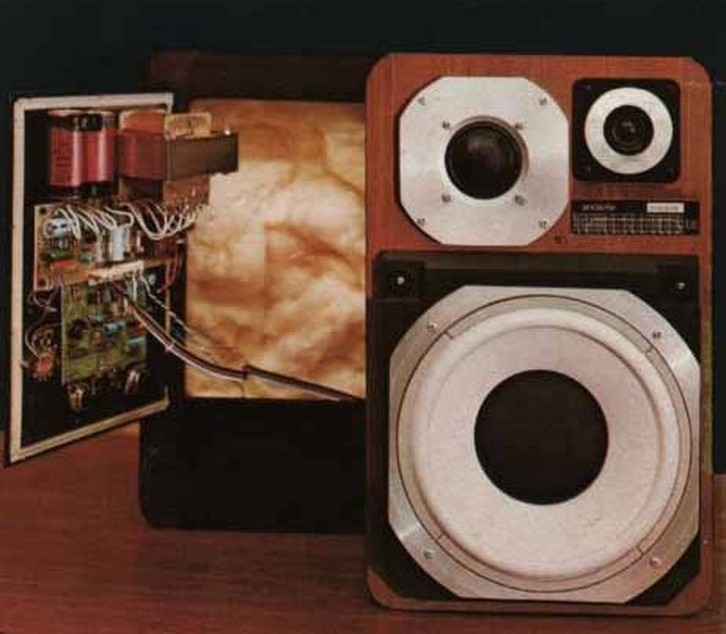

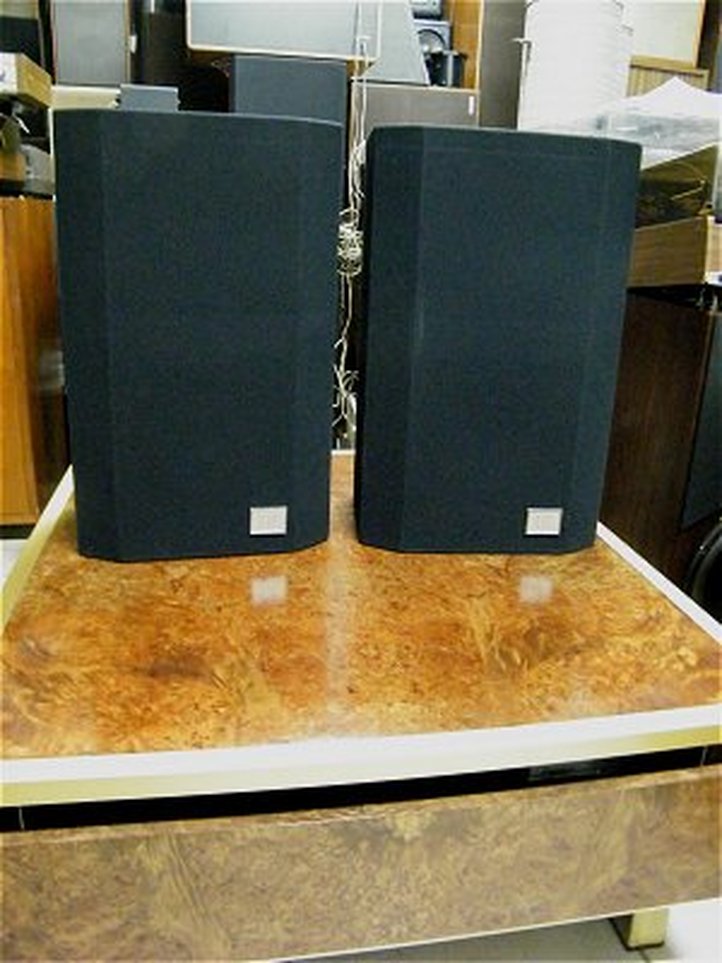










 RSS Feed
RSS Feed
